Hey, Classic Film Fans!
I hope the New Year has been treating you all well so far. Before putting 2023 entirely in the rear-view mirror, I wanted to dedicate a newsletter to writing about some of my favorite new-to-me films I watched in 2023. According to my favorite social media app, Letterboxd, I watched 326 films this year, of which 281 were new-to-me watches. I’ve reviewed the list and whittled it down to 33 of my favorites. While some of these films are classics, you may have never heard of others. I hope that at least something on this list catches your eye and you’ll add it to your watchlist for this upcoming year. They’re all well worth your precious time, I promise. Let’s get started:
P.S. This is a lengthy one, so if you’re reading this in your email, I suggest you click on the banner above and read it on your Desktop or through the Substack App
CAT ON A HOT TIN ROOF (1958)
Adapted from the Pulitzer Prize-winning play by Tennessee Williams, the cast of this film is stacked to the brim with Hollywood royalty—Elizabeth Taylor, Paul Newman, Burl Ives, Judith Anderson, and Jack Carson. The story delves into the complex dynamics of a wealthy family as they confront issues of mortality, alcoholism, and sexual repression. It’s one of those films with a lot of yelling, but the quiet moments are the loudest. The film is shot straightforwardly, but one scene in the rain between Brick (Paul Newman) and Big Daddy (Burl Ives) may be one of the most cinematic scenes I have seen in 2023.
CALL NORTHSIDE 777 (1948)
This won’t be the last noir on this list, nor will it be the last James Stewart film. If I haven’t mentioned it yet, James Stewart is my favorite actor of all time. He was the first actor I fell in love with from Classic Hollywood, and the more films of his I’ve watched over the years and interviews I’ve listened to, the more my love for him has grown. As I’ve joked with my friends before, I could watch Stewart watch paint dry on the wall for three hours straight, and it would be the most riveting three hours of my life.
The first feature studio film shot on location in Chicago, this docudrama noir was one of the first to showcase Stewart's talent for darker and psychologically complex roles, later fully realized in Hitchcock's thrillers and Mann's Westerns. Stewart brilliantly carries the film’s emotional weight on his shoulders as he unearths the truth behind this cop murder case. A reminder, especially in today’s media landscape, that there are still news reporters out there fighting for the truth.
HAIL THE CONQUERING HERO (1944)
This film rarely comes up when discussing Preston Sturges, yet it may be his very best. A perfect blend of humor and satire and Sturges’ eclectic mix of character actors make this an absolute hoot. Yes, I said hoot.
SANSHO THE BAILIFF (1954)
In film circles I’m in, the two most common names discussed from the Golden Age of Japanese cinema are Akira Kurosawa and Yasujirō Ozu. While both filmmakers are highly regarded in the film community, Kenji Mizoguchi deserves to be mentioned alongside them. This 1954 film from the master of the long take is a jidaigeki1 that tells the story of a family torn apart and their struggle for reunion in feudal Japan. This is a universal story whose morals transcend time. Mizoguchi’s common theme of exploring the subjugation of women throughout the history of Japan is present and leads to one of the most heartbreaking scenes you won’t soon forget.
SENSO (1954)
My introduction to the great Italian director Luchino Visconti. I love period pieces, and this opulent, campy, romantic drama set during the Italian Risorgimento in the 1860s is as much about Italy’s search for its national identity as it is about obsession and unrequited love. Farley Granger’s Italian dubbing is sometimes noticeable, but you’ll be too distracted by Visconti’s luscious mise-en-scène to care.
EYES WITHOUT A FACE (1960)
The most disturbing film I watched in 2023. One of the scenes was so gross that it made my skin crawl, and I got goosebumps just thinking about it now. The twist in the plot was so unexpected that even Sir Alfred Hitchcock would have been proud of it. I won’t say anything more; I don’t want to spoil it.
A RAISIN IN THE SUN (1961)
A Raisin in the Sun is a Pulitzer Prize-winning play by Lorraine Hansberry, the first play written by an African American woman to receive this distinction. Hansberry wrote the screenplay, and director Daniel Petrie didn’t deviate from it. The film very much feels like it was written for the stage. Still, the remarkable performances from many of the original Broadway cast members who reprised their roles for the film, such as Sidney Poitier, Ruby Dee, and Claudia McNeil, to name a few, still make this an engaging drama about racial discrimination and family dynamics.
THE FAR COUNTRY (1954)
Surprise, it’s another James Stewart film. This time, it’s a psychological western from one of my favorite director discoveries of the past couple of years, Anthony Mann. Although I enjoy Ford's early traditional Westerns, my favorites are Mann's films that fuse noir elements with Western tropes. The fourth Western collaboration between James Stewart and Anthony Mann has a familiar story beat, but the beautiful cinematography and Stewart’s performance keep it fresh.
ALL QUIET ON THE WESTERN FRONT (1930)
I have this thing that anytime a remake is being released, I have to watch the original film first. While I haven’t seen the remake released in 2022 yet, I don’t know how much it could improve upon this film. This is a harrowing story of young German soldiers who experience the horrors of World War I. For a film released in 1930, I was impressed with the sound design. Some chilling moments here will make you wonder how anyone could have watched this back then and still be willing to enter another world war a decade later. Undoubtedly, it’s one of the first and most influential anti-war films ever.
PANIQUE (1946)
It’s probably the best non-U.S.-produced film with Hitchcockian elements not directed by Hitchcock that you haven’t heard of. While it’s not the bleakest film I watched in 2023, it’s very close. This story highlights the perils of mob mentality, demonstrating how falsehood can be easily twisted into the truth until it is too late. It also touches on our strange fascination with watching people's downfall. Sadly, its message is one that still resonates today.
SUNRISE: A SONG OF TWO HUMANS (1927)
I always get anxious when I watch a film with an immense reputation because I fear it won’t live up to those heights for me. Luckily, this film didn’t disappoint. I was in absolute awe of its beautiful visual poetry. Murnau was an artist in every sense of the word. There were multiple moments where my heart sang and others where it sank into the pit of my stomach. It has the best of what the silent film era had to offer in terms of acting and technical filmmaking.
TRIGGER WARNING: As with some older films, this film contains dated relationship dynamics (i.e., domestic abuse/harassment) and plot elements. I wouldn’t recommend this film if you’re sensitive to watching these topics in film. For more information, please visit here.
ONE WAY PASSAGE (1932)
This was the first film I watched at TCMFF 2023. Before the film started, there was an excellent quote shown in the beginning from the late great TCM Host Robert Osborne that said the following:
“Of all the movies… Kay Francis ever made; this one may be the best of them all.”
So please don’t take my word for it; take it from the professional. If you love doomed relationship stories, this pre-code film is for you.
Unsung Hero of the Film: Frank McHugh
AHÍ ESTÁ EL DETALLE (1940)
As I discussed in my first newsletter, Cantinflas was a staple in my household growing up. However, this film wasn’t in my parents’ VHS library, so I had never watched it. Thanks to my friends over at YouTube, I have now rectified that. As Cantinflas’ #1 fan, I can confirm it’s one of his best.
Unfortunately, as of the date of this newsletter, this film isn’t available to stream or rent in the U.S. However, if you speak Spanish, you can find a copy floating around on YouTube…
MEMORIAS DEL SUBDESARROLLO (1968)
It perfectly portrays Cuban sentiment and the complex issues in post-revolutionary Cuba. I would wax poetic about this film here, but I already did with my friends over on our podcast, Reel Latinos, and you should listen to the episode here. If you’re still not convinced you should watch this, maybe Gael García Bernal can convince you.
TRIGGER WARNING: As with some older films, this film contains dated relationship dynamics (i.e., domestic abuse/harassment) and plot elements. I wouldn’t recommend this film if you’re sensitive to watching these topics in film.
THE BIG HEAT (1953)
Fritz Lang directed the best proto-noir film in M (1931), and this is his best noir film. Glenn Ford’s performance is electric, and so are Gloria Grahame’s and Lee Marvin’s. After watching this film, you’ll never stand next to a boiling carafe of coffee again.
P.S. Be on the lookout for a line of dialogue that you’ve probably heard before in a Scorsese film…
I WAKE UP SCREAMING (1941)
The Maltese Falcon (1941) is often cited as the first noir made in Hollywood because of its convoluted plot, and it stars one of the most prominent figures of the noir movement, Humphrey Bogart, as a private investigator. But stylistically, this film is the first and closest to what the movement would look like a few years later. Victor Mature and Laird Cregar are sensational.
P.S. Listen for a familiar tune used throughout the film made famous in a 1939 musical fantasy film released by MGM!
Unfortunately, as of the date of this newsletter, this film isn’t available to stream or rent in the U.S. However, you can find a copy floating around somewhere on Internet Archive or YouTube…
REBEL WITHOUT A CAUSE (1955)
It’s an iconic film that perfectly encapsulates teenage angst and disillusionment in the 1950s. Along with Anthony Mann, Nicholas Ray is one of my favorite directors I’ve discovered in the past few years. The circumstances around the deaths of the three main leads—James Deen, Natalie Wood, and Sal Mineo—make this film even more tragic.
OUT OF THE PAST (1947)
This may be my new favorite noir of all time. As I wrote in my last newsletter, I’m obsessed with Robert Mitchum’s wardrobe, mannerisms, and hair in this film. I don’t condone smoking, but no one has ever looked cooler smoking a cigarette on film than Mitchum here. Jane Greer also delivers an outstanding performance, slithering between Mitchum and Douglas effortlessly without ever showing whose side she’s on—the perfect femme fatale. The composition and lighting are sublime, and the script is equally brilliant, with plenty of snappy wisecrack dialogue. It deserves its classic status, without a doubt.
THE SET-UP (1949)
Remember Robert Wise, the director who gave us such classics as West Side Story (1961) and The Sound of Music (1965)? It turns out he was a great noir director, too. A damning, gritty, and sobering look at the boxing world and one man’s final fight for personal integrity and pride inside the ring.
GUN CRAZY (1950)
This film is a nightmarish, perfect lovers-on-the-run story oozing with style. The heist sequences are memorable, especially the long take at the Bank, which is both thrilling and surreal. Peggy Cummins is the star, playing a trigger-happy femme fatale with a devilish smile that’s slightly off-center. John Dall’s not bad, too. Typically, with these stories, the ending is predictable. But Gun Crazy subverts your expectations with an ending that may be one of the most poetic in noir.
BRIEF ENCOUNTER (1945)
In 2023, I went through Criterion’s excellent David Lean Directs Noël Coward box set. While I enjoyed most of the films in the box set, this film was the only one that took my breath away. I don’t know if I can describe the rollercoaster of emotions I experienced while watching this; it’s ineffable. I highly recommend watching this film if you like Richard Linklater’s Before Trilogy. However, be prepared with a box of tissues.
PAISAN (1946)
Another Criterion box set I watched in 2023 was Roberto Rosellini’s War Trilogy. Paisan is the second film in the War Trilogy, and it is composed of six different vignettes, each depicting encounters between Americans and Italians from different walks of life during the Allied liberation of Italy in WWII. Rossellini beautifully captures the importance of human connections and empathy amongst devastation and tragedy, especially with characters of different backgrounds and cultures. It’s a side of WWII that I don’t think I’ve ever seen on film as honestly portrayed as it is here. Scorsese constantly raves about this film, and now, having seen it, I can see why it’s so important to him.
GERMANY YEAR ZERO (1948)
In easily the bleakest and most gut-wrenching of the War Trilogy, Rossellini examines the other side of the war and the consequences of fascism on Germany. Compared to the first two in this trilogy, there is much more of an immense sense of desolation and isolation, a society fractured by the horrendous decisions it has made. It’s unfortunate to see how a society, even just an individual, can be so warped that they don’t even realize what they’re doing until it’s too late. Rossellini capturing this psychological breakdown from the point of view of a child makes it even more heartbreaking.
LOS OLVIDADOS (1950)
Buñuel examines the harsh realities of social inequality, poverty, and juvenile delinquency in 1950s Mexico City. It’s another bleak film with surrealist flourishes that Buñuel is known for, but not nearly as many as some of his other work. Another film my friends and I discussed on our podcast, Reel Latinos, for our 50th episode!
Unfortunately, as of the date of this newsletter, this film isn’t available to stream or rent in the U.S. However, you can find a copy floating around somewhere on Internet Archive or YouTube…
THE LAST COMMAND (1928)
I jumped into the Josef von Sternberg rabbit hole in 2023, largely thanks to two box sets from Criterion: 3 Silent Classics by Josef von Sternberg and Dietrich & von Sternberg in Hollywood. The following two films I’ll be discussing are both from the former.
The Last Command is a star vehicle for Emil Jannings. His portrayal of the downfall of a Russian general into a tortured man losing his grip on reality is heartbreaking. He commands your attention every second he’s on screen. Jannings’s performance won him the first Academy Award for Best Actor. Von Sternberg's masterful compositions complement Jannings’s performance well. This film shows the cookie crumbs of von Sternberg finding the cinematic language he would need to bring out the best in his soon-to-be muse, Marlene Dietrich.
Unfortunately, as of the date of this newsletter, this film isn’t available to stream or rent in the U.S. However, you can find a copy floating around somewhere on Internet Archive or YouTube…
THE DOCKS OF NEW YORK (1928)
The Docks of New York is a sentimental, proto-noir romantic drama depicting working-class individuals' lives on New York’s depressed waterfront. The chiaroscuro lighting here by Harold Rosson and von Sternberg’s steady direction makes this love story feel otherworldly and not bound by our reality. There’s a moment in this where a character sews back on a pocket to a shirt, and it’s charming.
THE THIN MAN (1934)
After watching four William Powell & Myrna Loy collaborations outside The Thin Man series and falling in love with their on-screen chemistry, this film took my adoration for them to another level.
In this film, Loy is the perfect foil to Powell’s wisecracking and witty detective. She’s fun-loving and energetic, adding a beautiful playfulness to their relationship. Watching Loy shape her performance throughout the film to complement Powell’s wide-ranging antics is fascinating. That made their on-screen partnership so beautiful; they understood precisely what they needed from each other in any given scene. Perfect balance. How Loy never won a competitive Academy Award is beyond comprehension. While there's a murder case to be solved in the film, it’s almost an afterthought; the real draw is the unforgettable chemistry between Powell & Loy. Oh, and to see the most adorable Wire Fox Terrier, Asta.
RAW DEAL (1948)
In 2023, I went on a mini journey. I watched all the collaborations between director Anthony Mann and cinematographer John Alton, considered by many to be the best noir cinematographer of all time. By far, Raw Deal is the best out of their four outings. This film is covered in sin; no one is innocent. This has some of the most iconic shots in all of noir, including a showdown between Dennis O’Keefe and Raymond Burr in a space that looks like the manifestation of Hell on Earth.
THE OX-BOW INCIDENT (1948)
This film is a timeless exploration of the moral dilemmas that continue to challenge us today. The performances are outstanding, particularly those of Henry Fonda, Dana Andrews, and Anthony Quinn. This is a must-see if you're looking for a thought-provoking and compelling cinematic experience. A monologue at the end of the film from Fonda will stick with you long after the runtime.
THE GRAPES OF WRATH (1940)
Having grown up in Monterey, California, where John Steinbeck is everything, I’m biased. Even if the film deviates in some respects from the original novel, this is still a powerful story about a farming family’s plight after disaster strikes during the Great Depression. Henry Fonda delivers one of his most memorable performances, and Jane Darwell will break your heart.
LAURA (1944)
I watched this over a month ago, and I’m still searching for this handheld baseball game (pictured below) Dana Andrews plays with throughout the film. If anyone has any leads, let me know.
Laura is one of the best murder mystery films I’ve ever seen, but as I wrote in my last newsletter, the jury is still out for me on whether it’s noir. Stay tuned.
MEET ME IN ST. LOUIS (1944)
A stirring and heartwarming coming-of-age family drama beautifully shot in technicolor by George J. Folsey and directed by Vincente Minnelli that introduced the world to the holiday classic Have Yourself a Merry Little Christmas. As someone who struggled when my family moved from a small town to a larger city while I was in middle school, I resonated with the film’s emphasis on the importance of community, home, tradition, and unity.
THE MORTAL STORM (1940)
Of course, I had to end this with a James Stewart film. If you follow me on any of my social media outlets, you know that to end 2023, I embarked on a 24-hour movie marathon. The Mortal Storm was one of the films I selected to watch during it, and it was by far the hidden gem of the marathon. This film is one of the first warnings from Hollywood of the growing power of the Nazi party in Germany. It has Borzage's usual sensibility, romanticism, and theme of young lovers triumphing over adversity (sort of). Stewart and Sullavan are perfect together, and if you know the back story behind Stewart's real-life love for Sullavan, it makes this film’s ending even more heartbreaking.
That’s it! I hope you’ve found one or two films to add to your watchlist for 2024. For those who love to use Letterboxd like me, I also created a list of all the films I wrote about in this newsletter. If you end up watching and enjoying anything from this list or have a film recommendation for me based on it, please feel free to contact me. I would love to connect! Our Discord community of classic film lovers is always open and free to join. Comment below or reach out to me on my social media outlets, and I will be more than happy to invite you to our loving and tight-knit community.
Continue watching great films, and as always, thanks for reading! Until next time…
Per Wiki, jidaigeki is a Japanese theater, film, and television genre that focuses on historical dramas set in the Edo period (1603-1868) or other historical eras in Japan. The term jidaigeki translates to “period drama” or “historical play” in English.

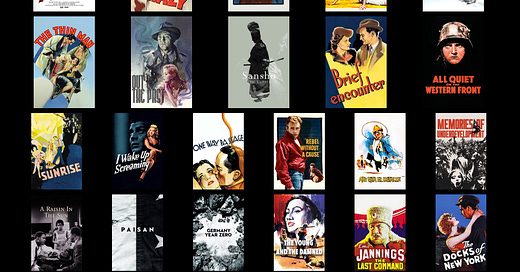



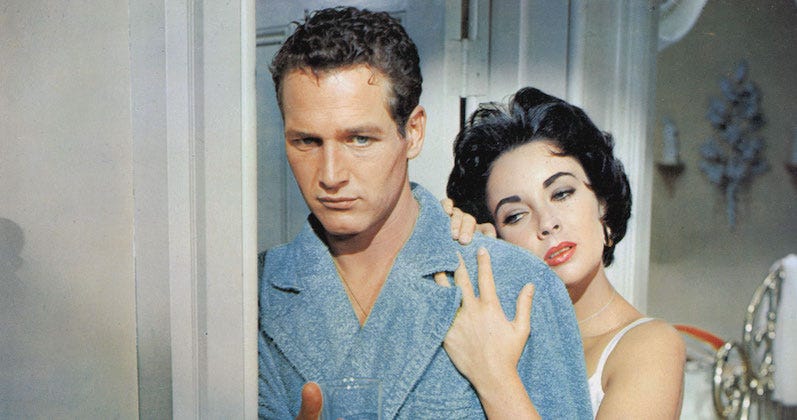

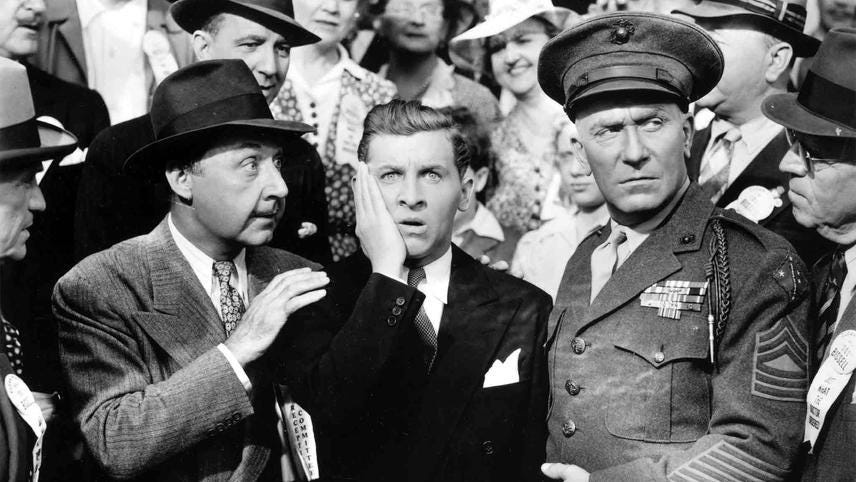
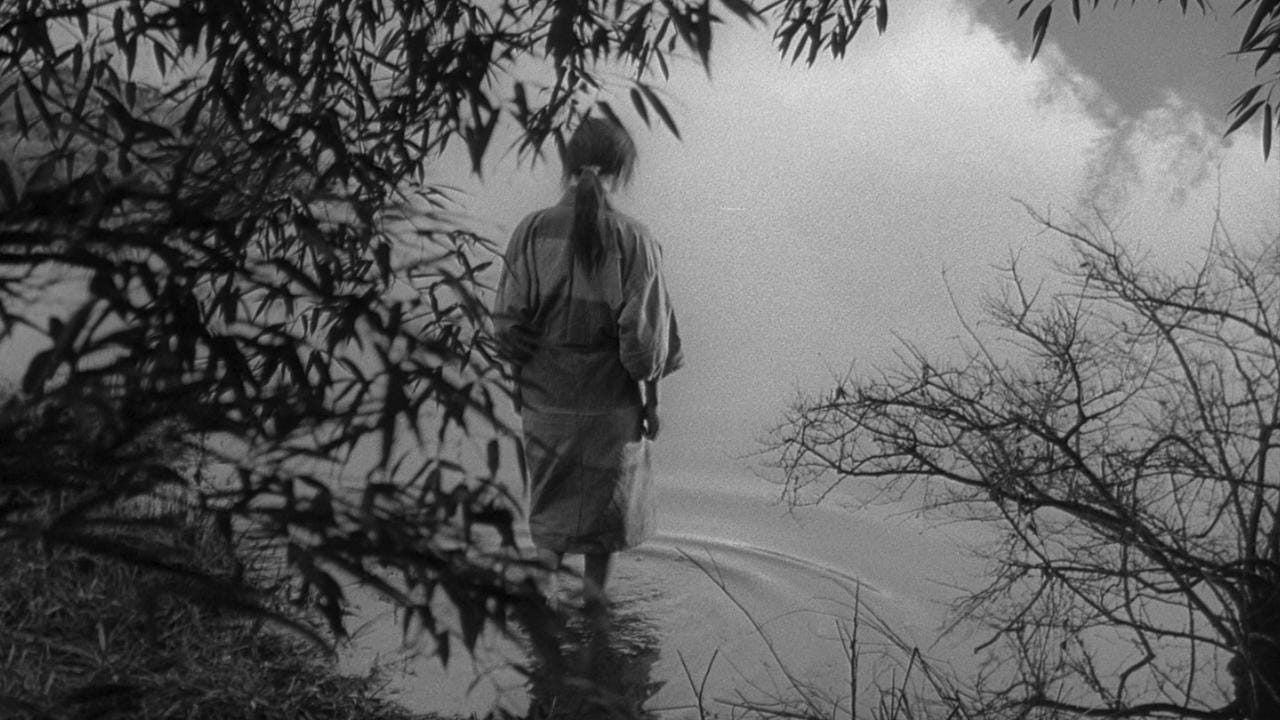
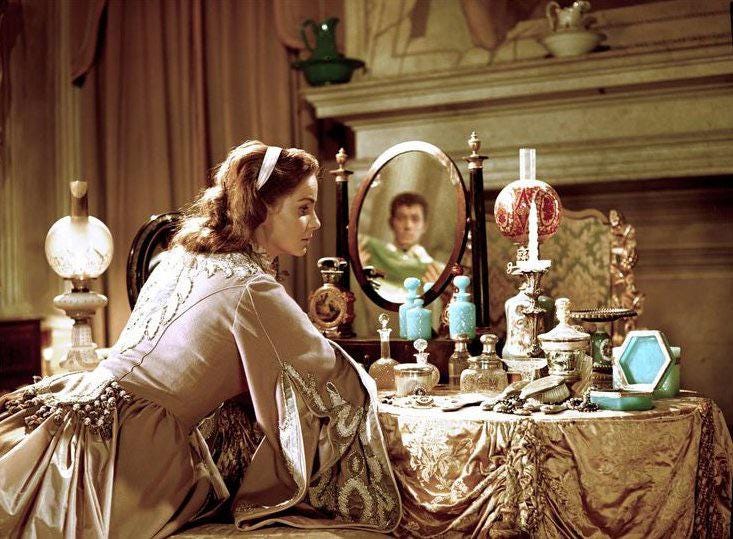
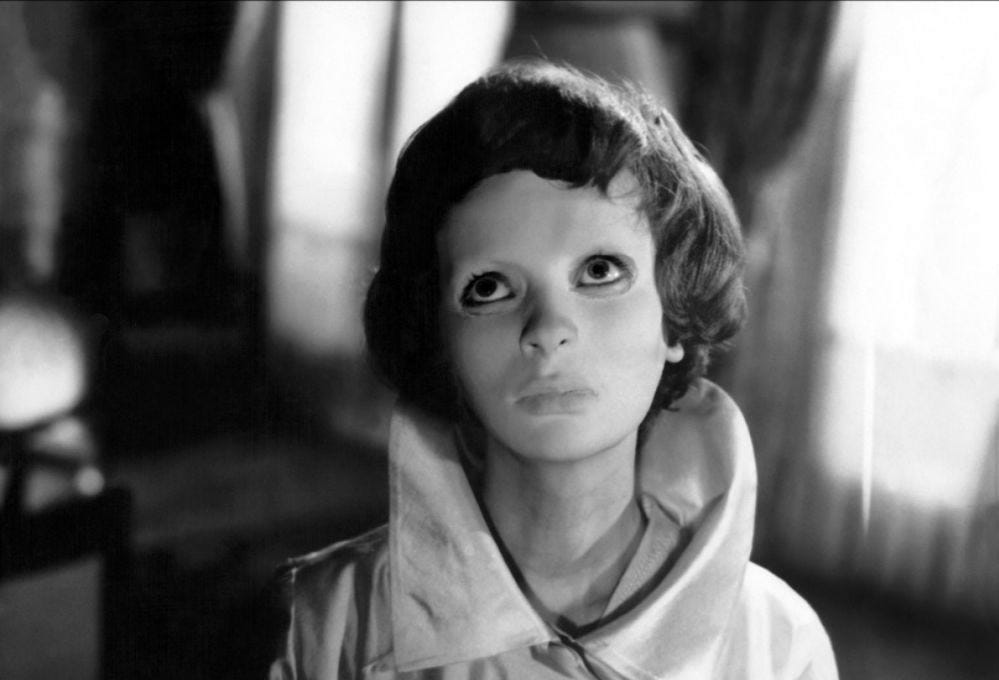

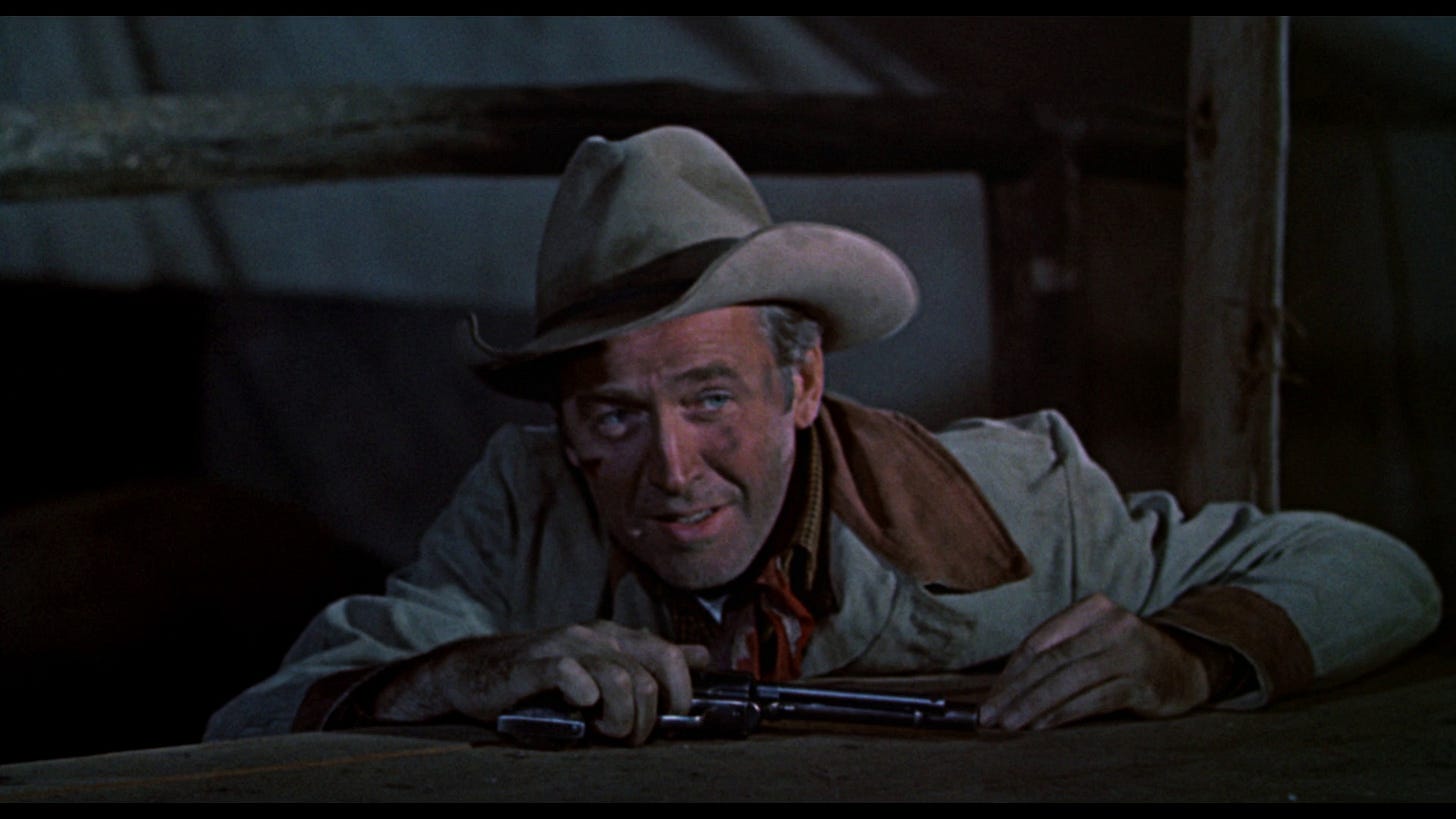
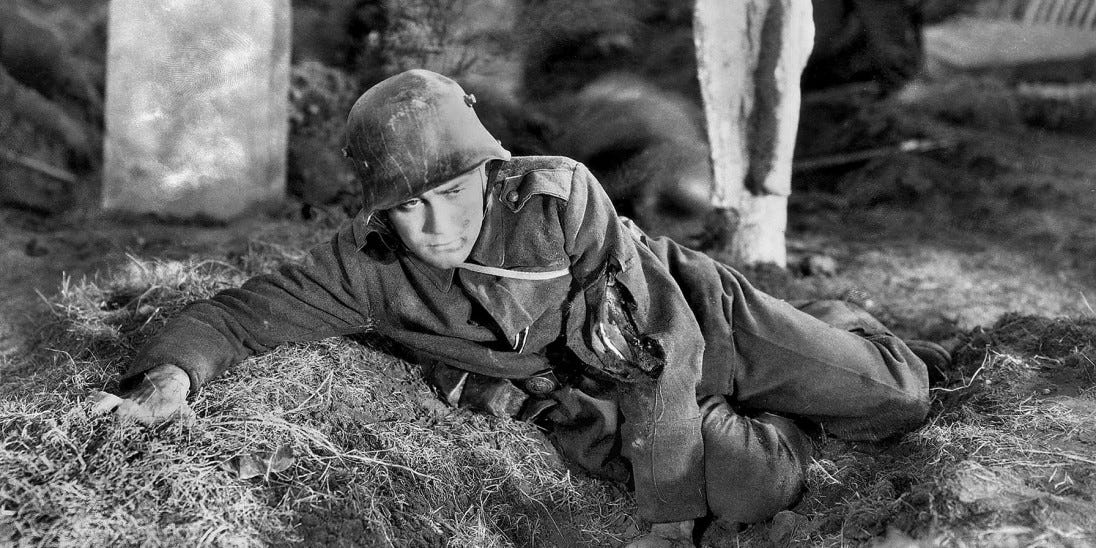
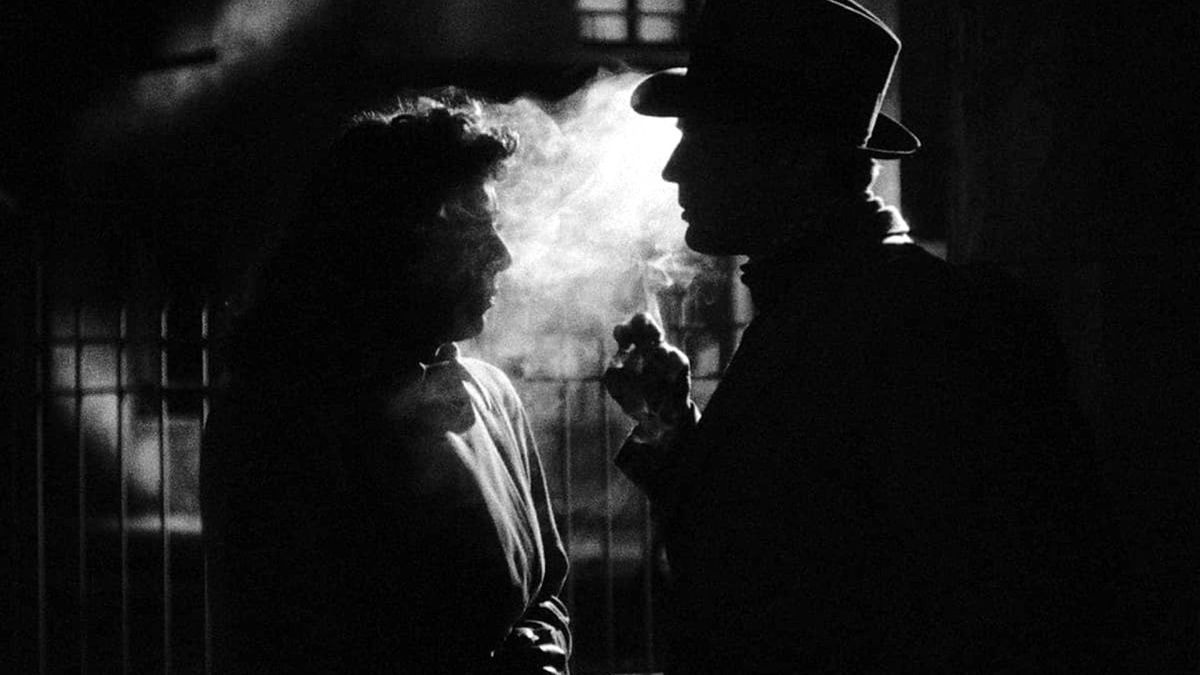
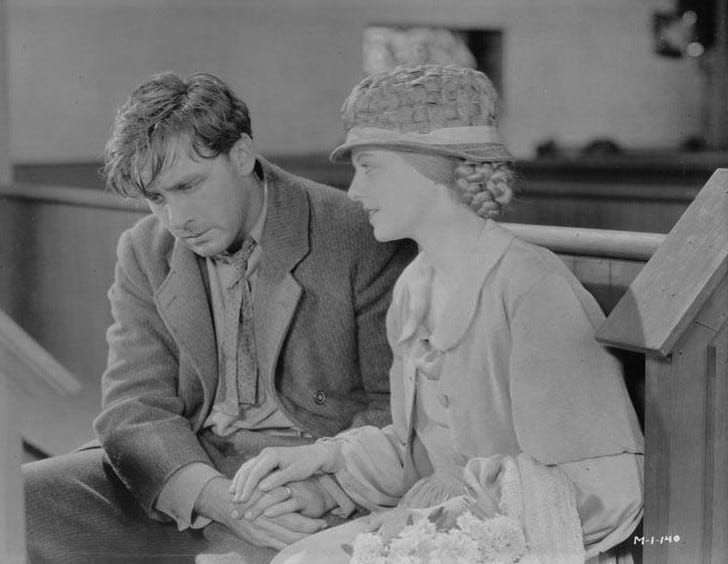

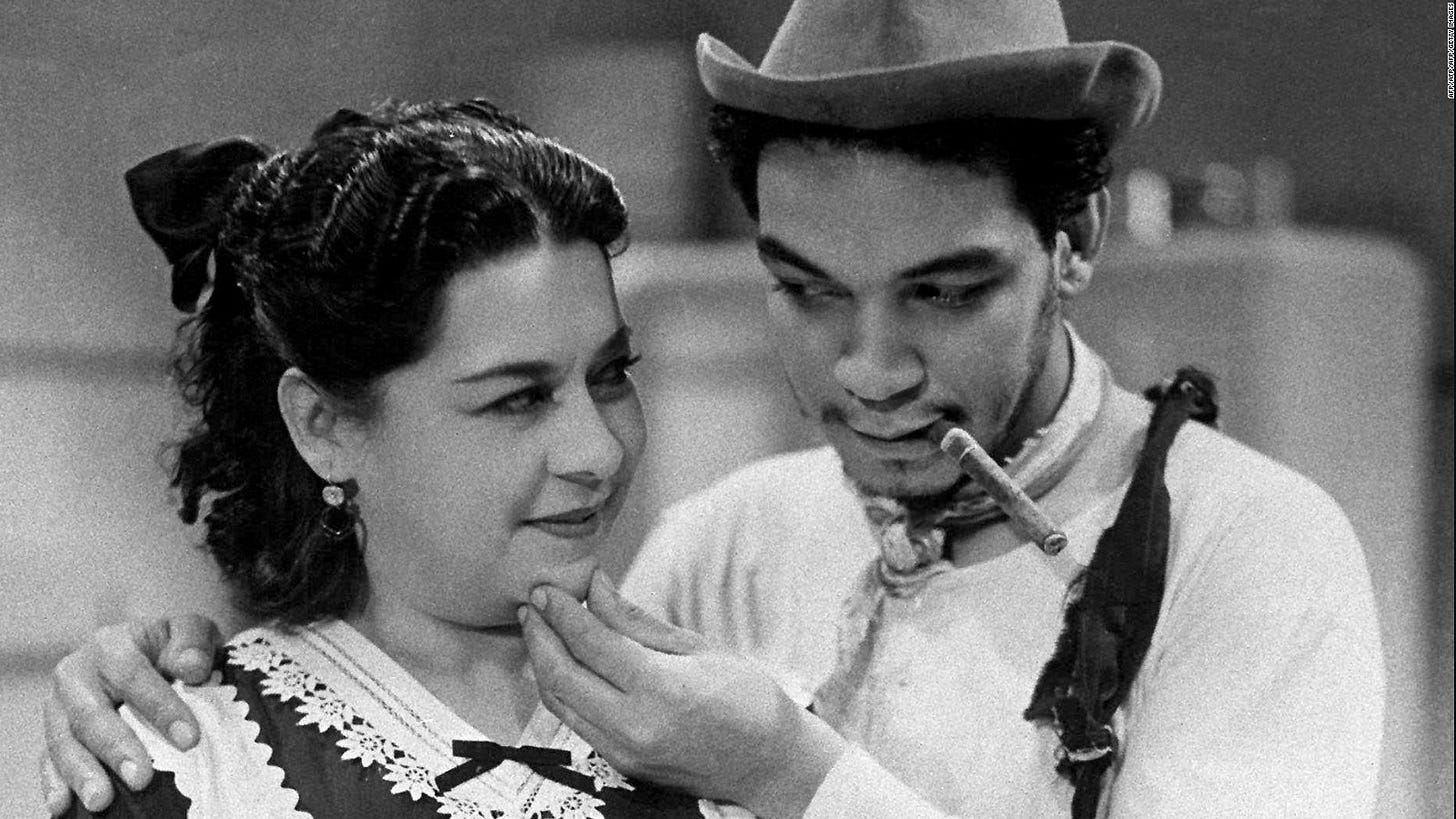

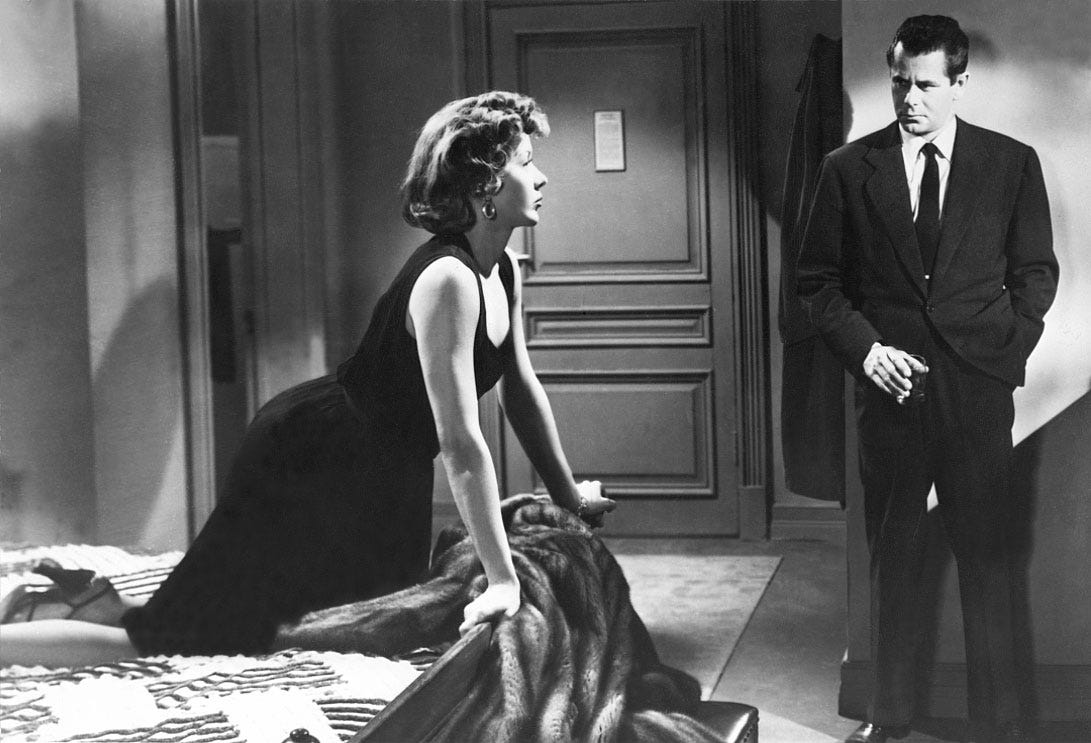
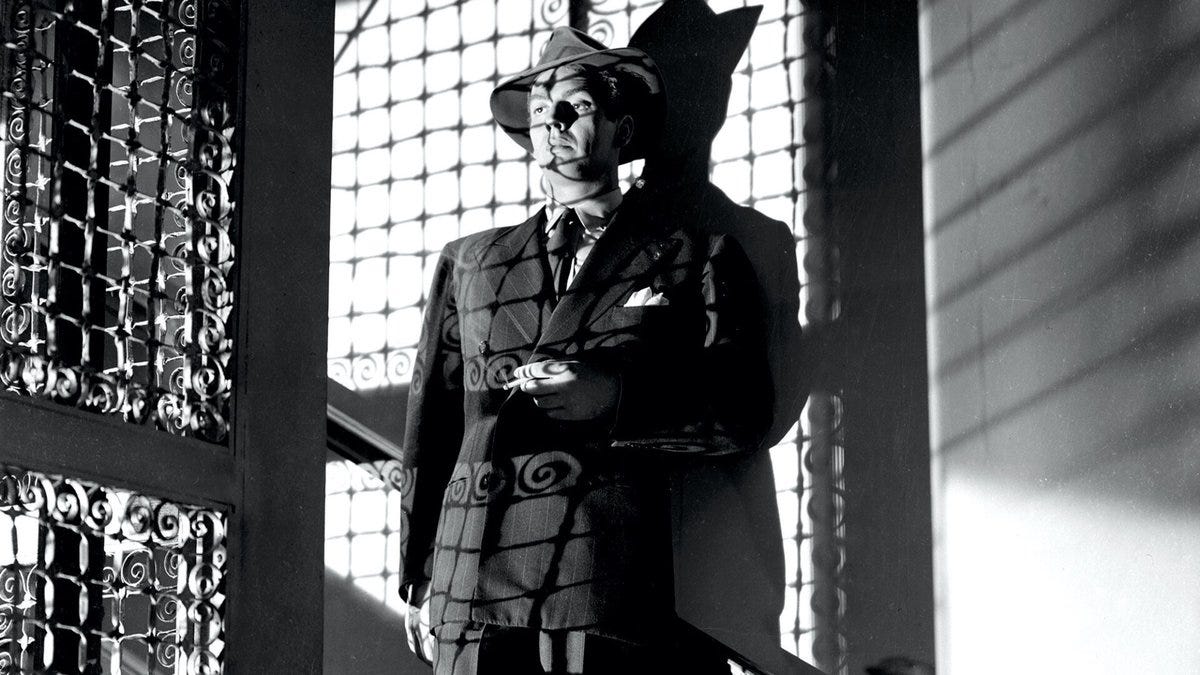

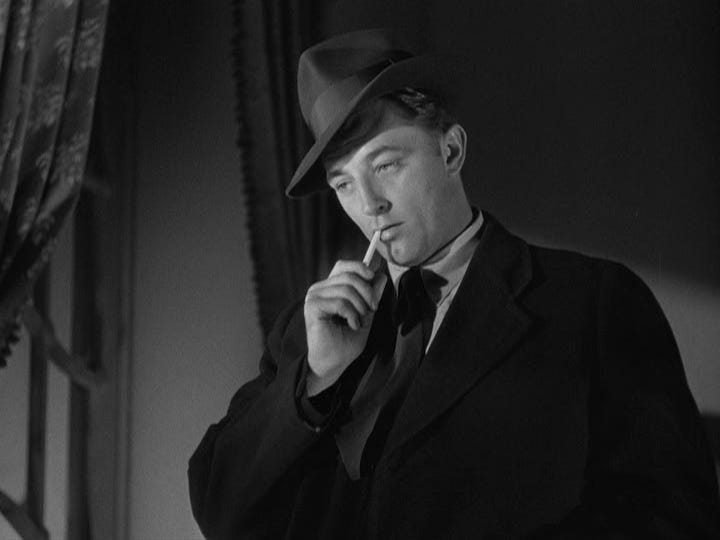

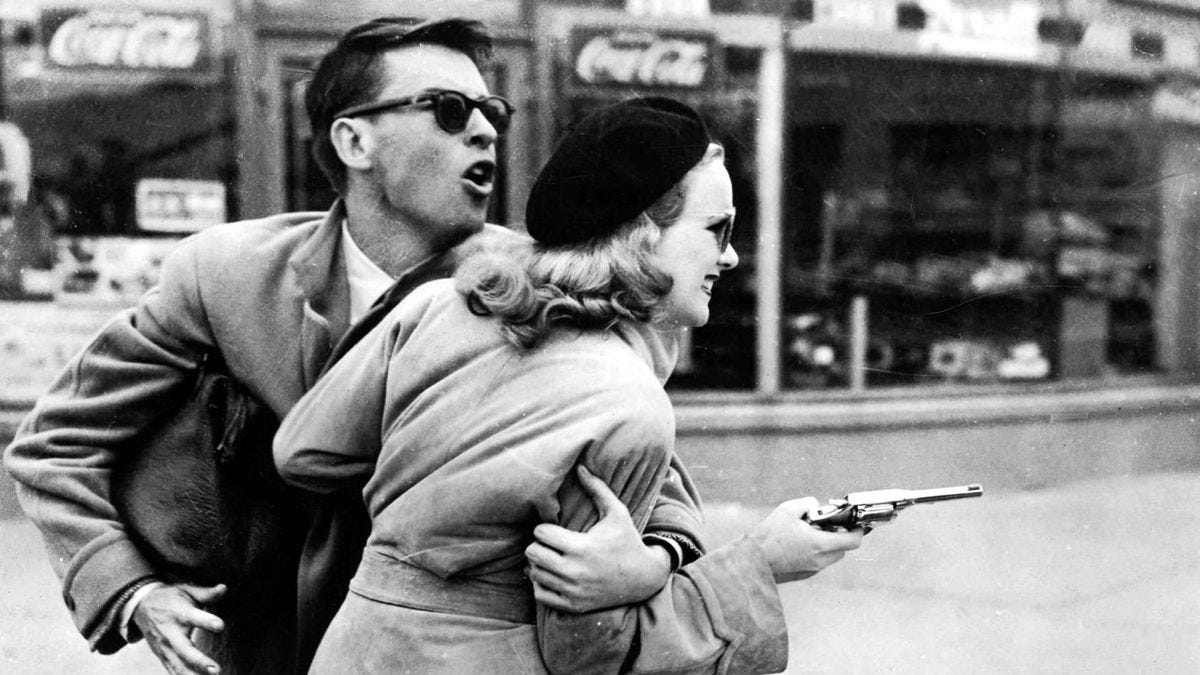
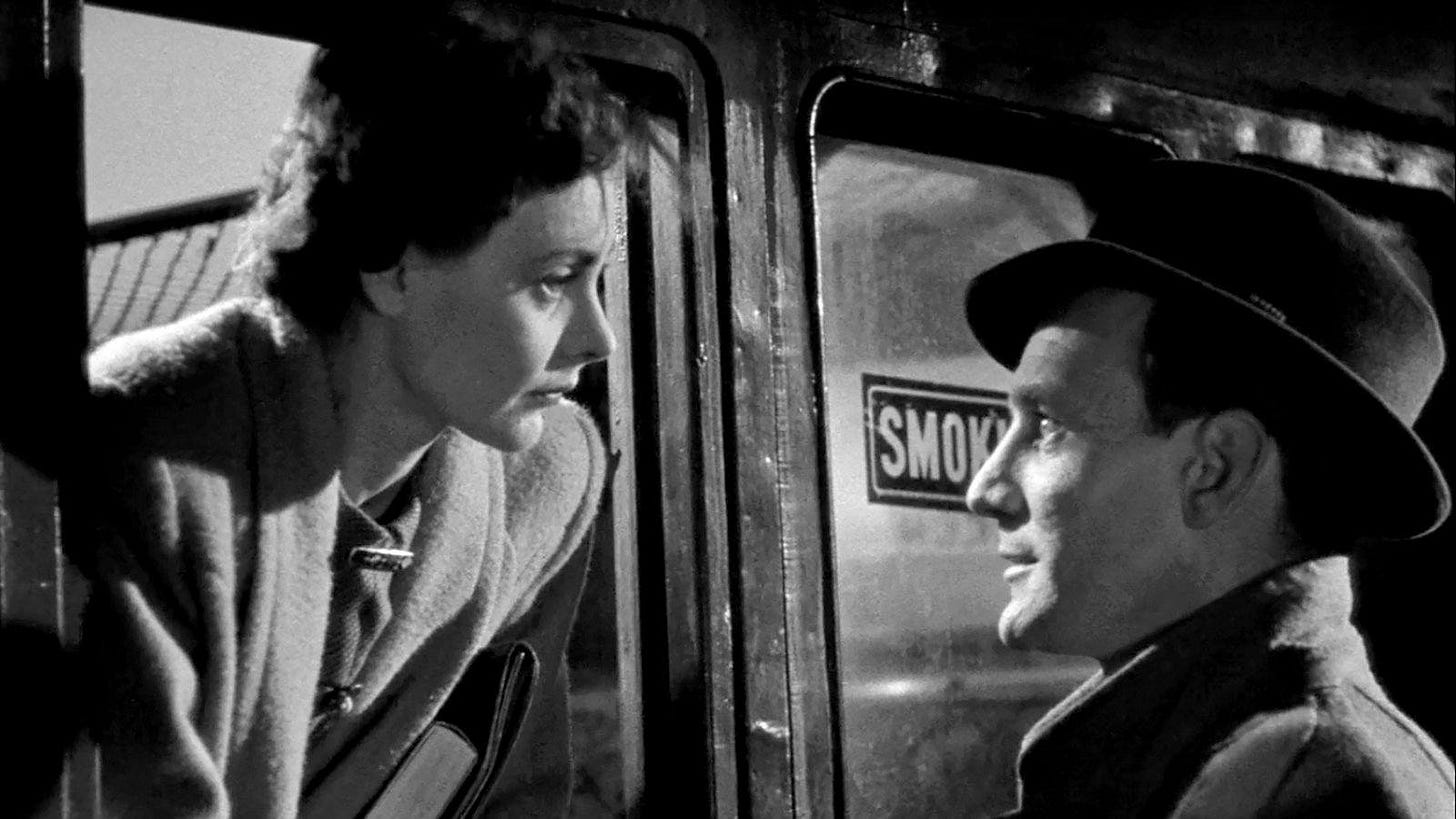

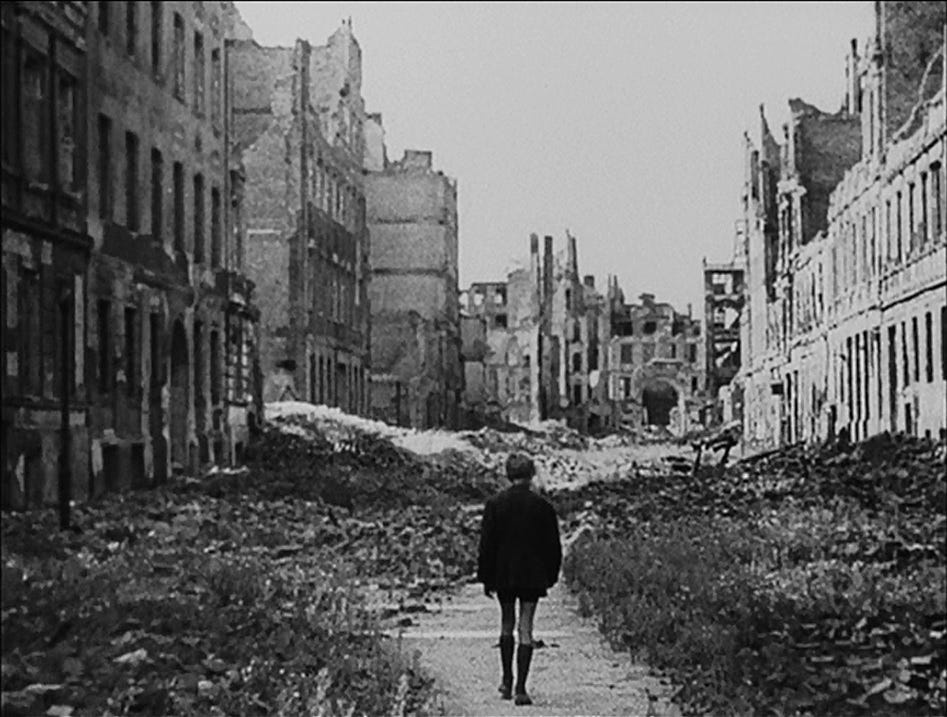


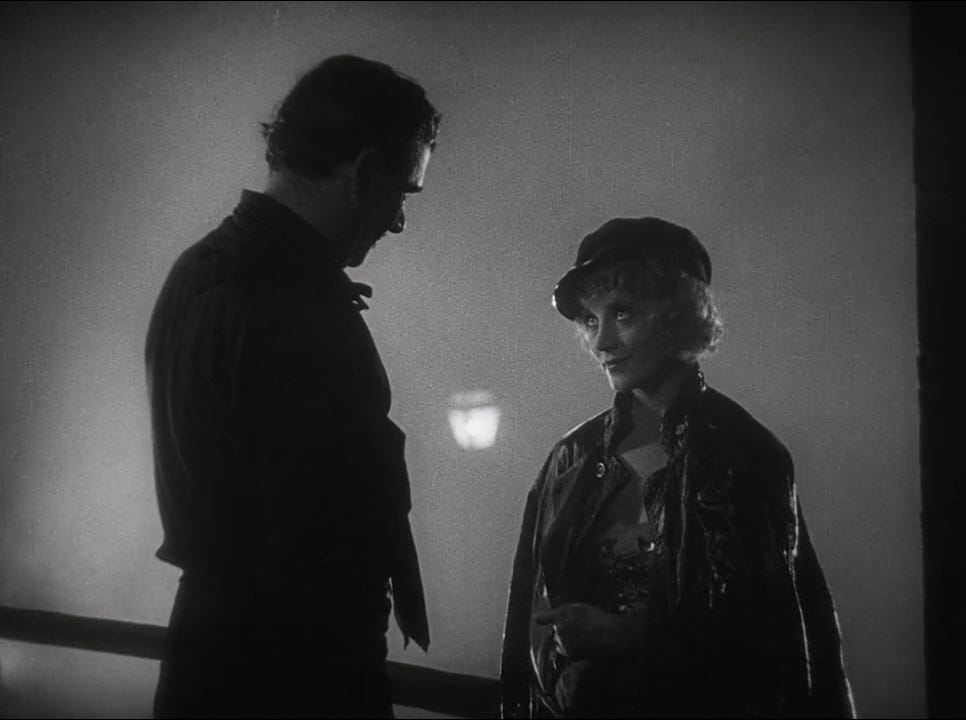
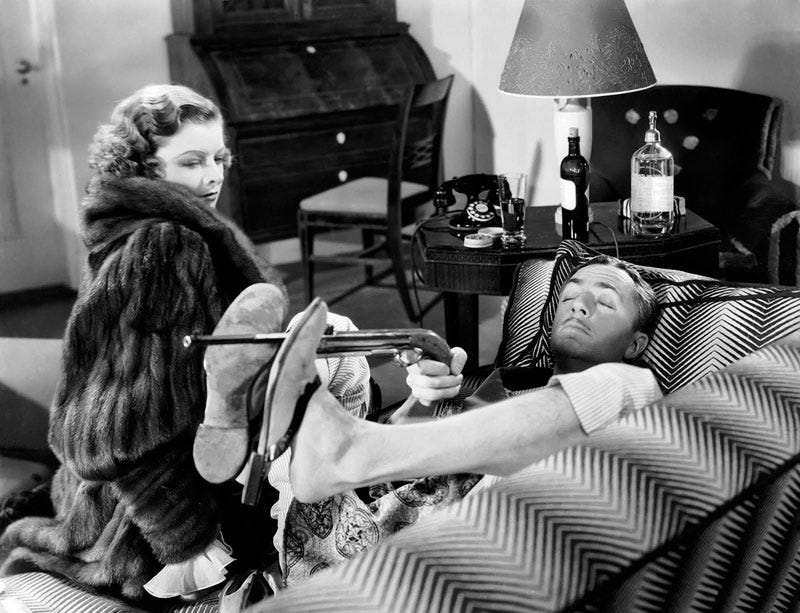




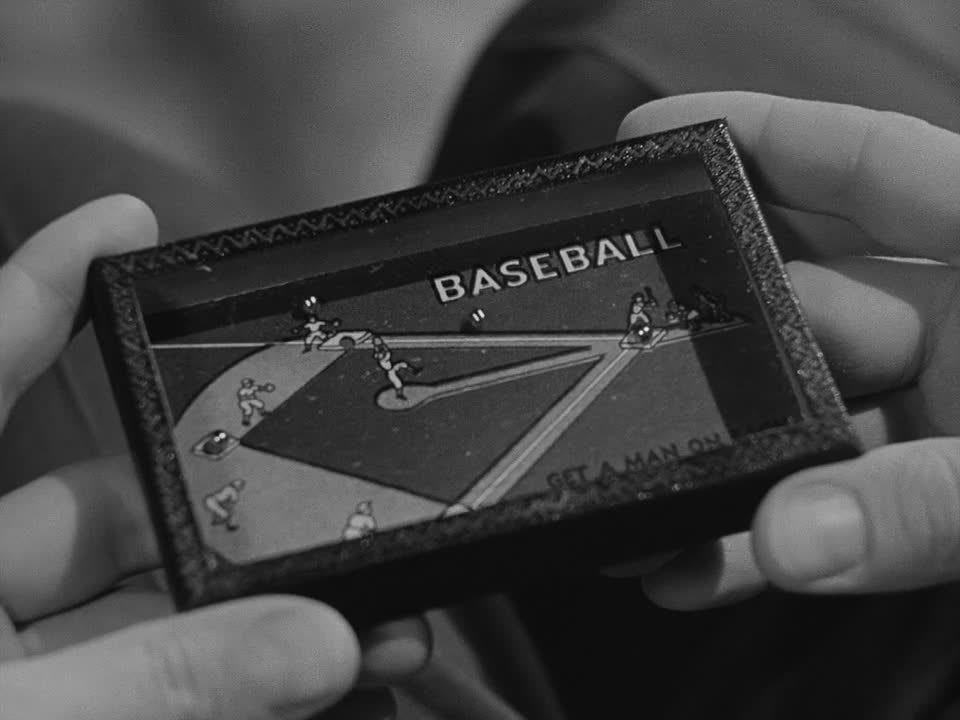
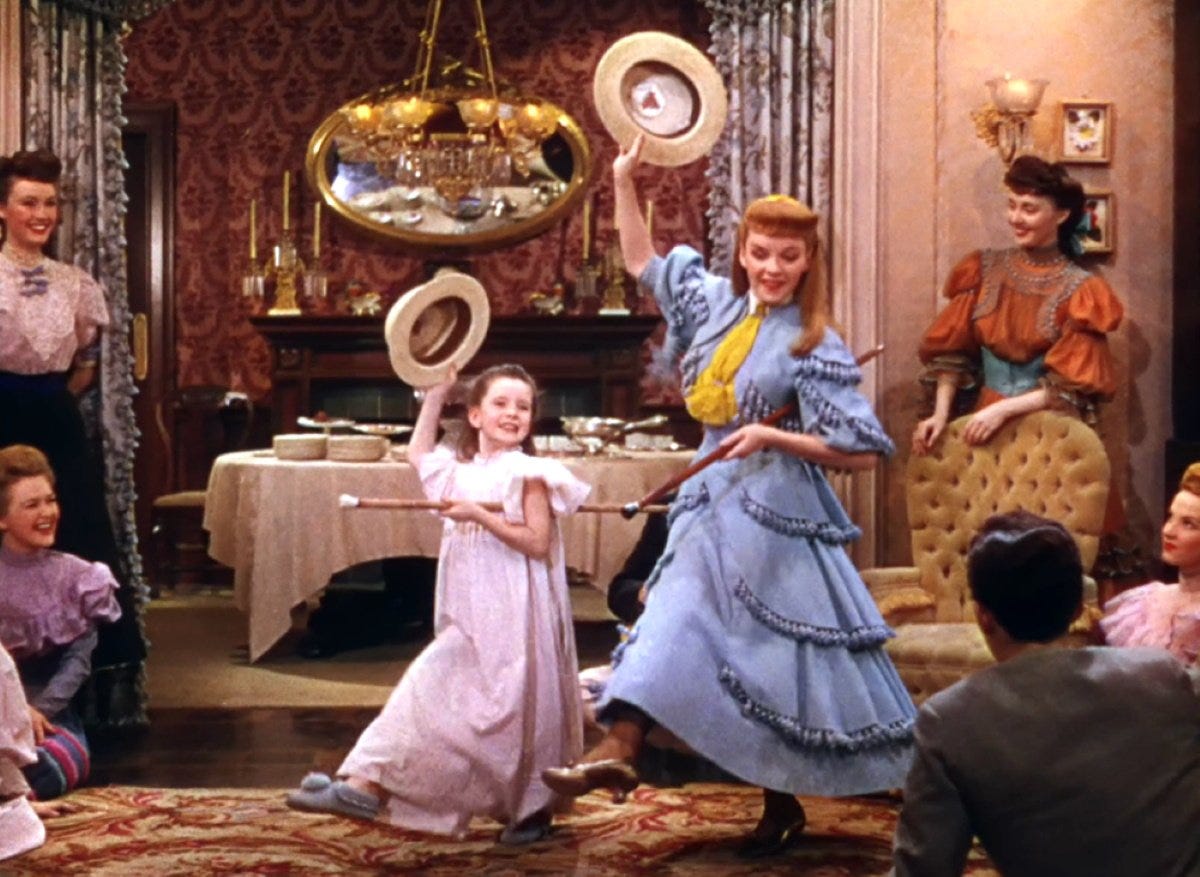


I really need to work in some Mann/Stewart westerns some time this year
What a great list. Love to see the Ox Bow Incident representation